Terre di Frontiera involves a collaborative investigation to tell the story of the Ghetto la Felandina (Bernalda) and the exploitation of migrants labour in Basilicata from the point of view of migrant workers and activists.
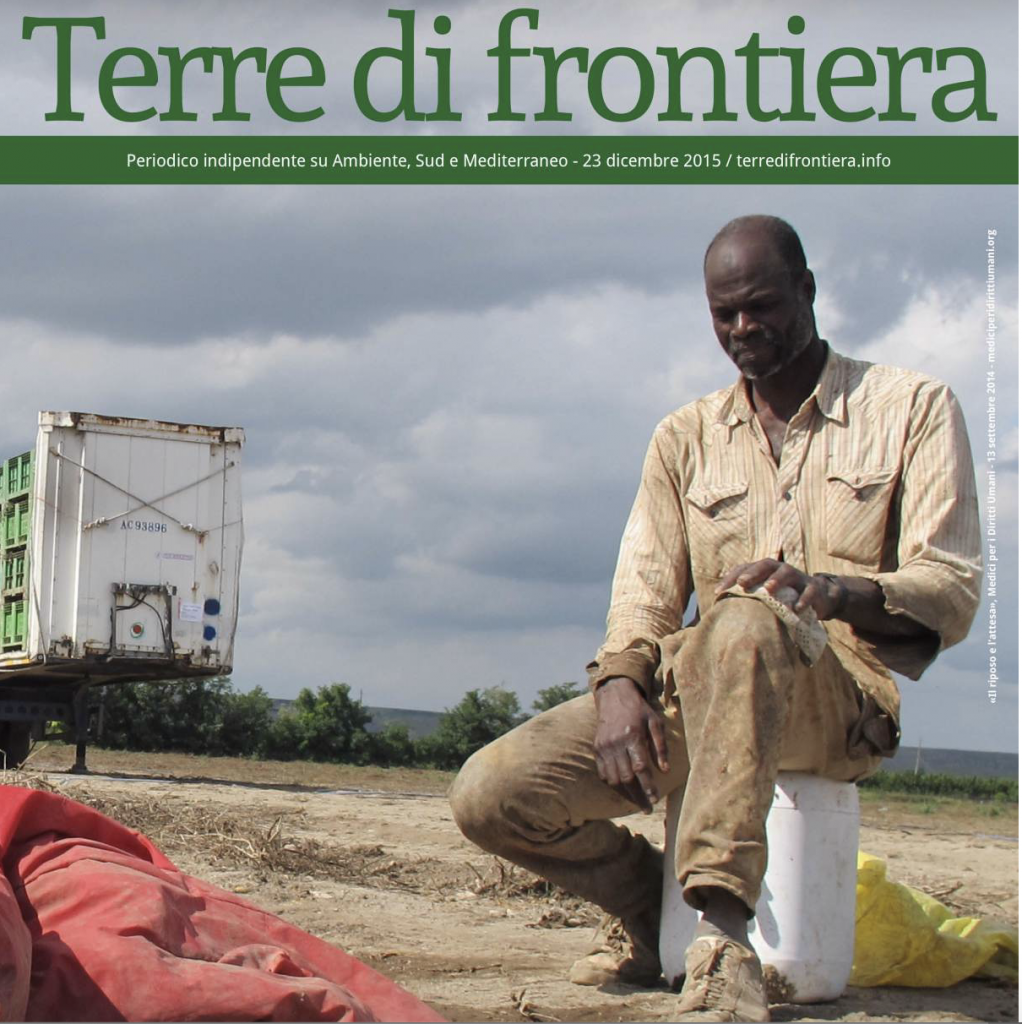

Terre di Frontiera involves a collaborative investigation to tell the story of the Ghetto la Felandina (Bernalda) and the exploitation of migrants labour in Basilicata from the point of view of migrant workers and activists.

Two days ago, the mayor of Bernalda, Domenico Tataranno, officially announced the imminent eviction of the migrant ocupation La Felandina, located in the industrial zone of Metaponto. The building has been occupied since a year by approximately 600 migrant workers, a majority of which are in possession of regular residence papers, according to official police sources. The migrants offer their labour to agricultural enterprises in the area. Since a few years the Basilicata and Calabria coastline has effectively become Southern Italy’s grocery garden: from the famous strawberries harvested in early Spring to the fruit and vegetables that are cultivated here over the Summer and Autumn, production continues throughout the year. Farmers sell their produce under often unfavourable contracts to the big distribution networks through intermediaries located in Puglia and Campania.
Speaking at a public meeting, the mayor said he took his decision after a long series of meetings with the Prefecture, Town Hall, and competent authorities – notwithstanding the acknowledgement, by the territiorial prefecture, that migrant workers who come to the area have difficulty finding alternative forms of accommodation. “It will be up to the State, through the security forces, to implement the eviction in practice. We will try, with the collaboration of those poor people, to find the best solution from a logistic point of view,” Tataranno concluded.
In March this year, the head of Basilicata’s Migrant Policy Coordination, Pietro Simonetti officially promised a temporary reception facility for 150 seasonal migrant workers, which so far has not been concretely defined. In the meantime, therefore, migrant workers have no other alternative other than occupying a new site.
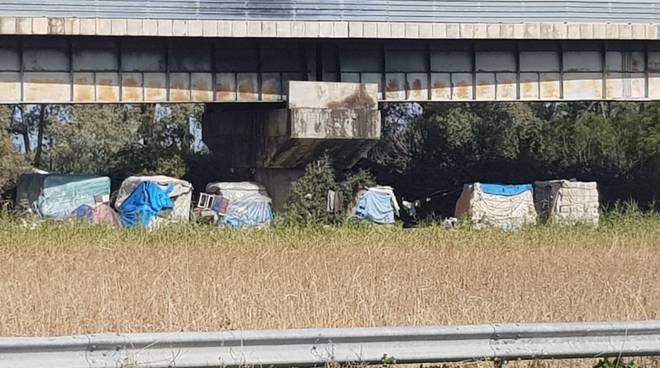
It is not the first time it comes to such tensions in the area of Metaponto. Already in 2018, the mayor of Bernalda ordered the clearance of various tent camps located under the town’s bridges and in the many abandoned warehouses in the area. Like much of Basilicata, the area continues to be affected by a progressive abandonment, driven by a lack of institutional capacities and employment opportunities. Specifically, the 2018 eviction followed an open letter in which Metaponto’s residents denounced the, in their view, “disproportionate” presence of immigrant citizens who come to the area to work. Declaring a state of emergency, they asked the mayor to restore law and order in the area.
The same year, two agricultural entrepreneurs and one gangmaster based in Metaponto had been officially indighted for illicit labour recruitment, which has become an offence under the new anti-racket legislation. Altogether, these events reveal once more the paradox of the current legislative context, which regards migrant labour intermediation as a criminal offense, but at the same time refuses to address its root causes beyond a mere logistical perspective.
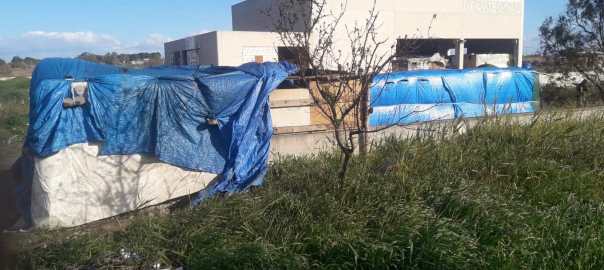
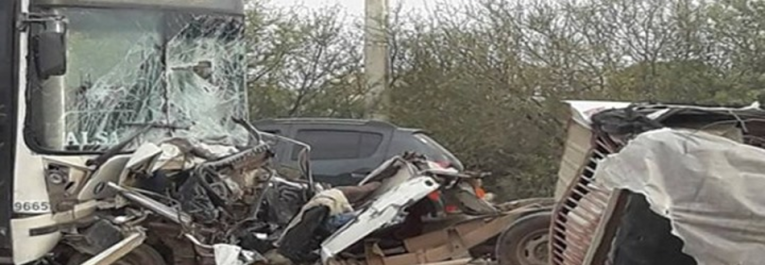
Reading my regular reports on Italian tomato plantations, a colleague who attended a seminar on migration & agriculture in Agadir recently (pdf here) alerted me to an accident involving several ‘moukef‘, or informal workers, in Morocco. The accident caused the death of 14 women and 30 serious injuries in the plain of Kenitra, in the north of the country, which is famous for its strawberry production.
The ‘moukef‘ involves a form of informal employment for thousands of – predominantly female – workers who find temporary jobs in agriculture: not just in Kenitra but also the hothouses of Morocco’s Chtouka Aït Baha province. The province is covered with hundreds of burning plastic tunnels, where a modern form of slavery unfolds at the service of the country’s increasingly booming industrial export agriculture.
The ritual of labour recruitment appears to be similar to other plantation economies in Europe and the Americas: every day a handful of women who gather on an open labour market are selected by a ‘cabrane’, an informal recruiting agent whose mission is to bring them to the agricultural estates. The journey on board of the pickup trucks is full of danger for these women, who regularly become victim of road accidents.
The accident of 3 April is not an isolated case. Numerous times both local news outlets and agricultural workers associations have denounced the conditions of these workers.
Only last Summer, a similar accident involving 4 African day workers had caused a national outcry in Italy while their van crashed into a truck close to the city of Foggia, leaving the load of tomatoes spread out on the road pavement.
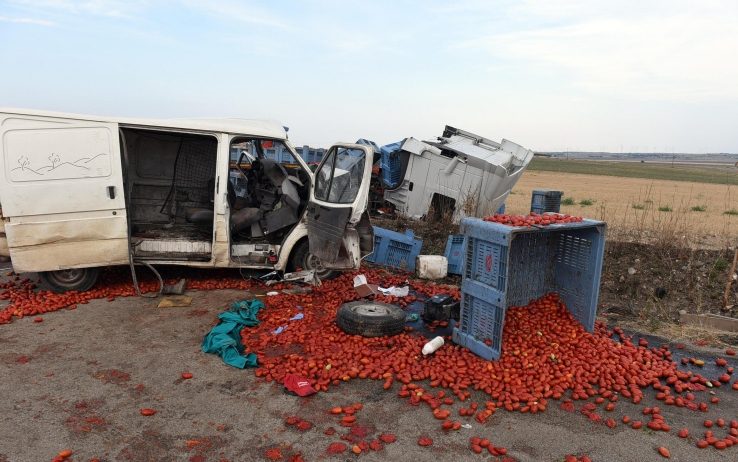
Another tragedy has affected African labourers in Italy’s plains this month. On 6 March, bulldozers demolished the San Ferdinando workers’ ghetto, located in the centre of Calabria’s orange plantations and Calabria’s Ndrangheta organized crime stronghold. The ghetto, which has claimed the lives of three people over the last year, had become a thorn in the eye of Italy’s Interior Minister, Matteo Salvini, who has ordered the erection of a tent camp as well as a restoration of public order in the area.
In 2011 the research team Bitter Oranges recorded living conditions in San Ferdinando in this video.

The eviction of San Ferdinando (close to Rosarno, which has been termed one of Italy’s new slavery sites) forms part of Italy’s interior minister’s promise to move “from words to actions.” Matteo Salvini is also the head of the right populist League party, whose members are currently establishing an institutional alliance with the European Far Right. Since his election he has repeatedly declared his intention to “raze to the ground” Italy’s shantytowns, including Rom and refugee settlements. Over the last year, more than a dozen such camps have been demolished, including the Baobab Experience in Rome, which hosted over hundreds of refugees and asylum seekers, as well as various Sinti and Rom settlements around Turin, Pisa and the Italian capital.
The official motivation for the eviction has been one of insecurity and a lack human dignity. But the Caritas settlement does not appears to offer much of an alternative. On 22 March, another person died in its tent camp situated only a few meters away from the old ghetto. The victim’s name is Sylla Nouma, a man in his thirties. “We hoped not to deplore situations like this any more,” the mayor Andrea Tripodi declared to the press. “It was an unexpected tragedy,” Vincenzo Alampi, the local Caritas director added. Although the causes of the fire are still be ascertained, a possible reason might have been a short circuit departing form the electric wires located in the corner of the tent.
The government-directed evictions, which Matteo Salvini systematically calls “appointments with legality”, particularly appear to target precarious workers’ settlements located in the heart of Southern Italy’s vegetable and fruit plantations nowadays. After the forced eviction of Rignano Garganico and Boreano last year (both situated in the tomato districts of Foggia and the Alto Bradano), the bulldozers have started moving to the South now. Last May local authorities destroyed the informal labour settlement of Campobello di Mazara, in Sicily –leaving workers no choice but to occupy new buildings: while 128 inhabitants were haphazardly hosted in a camp managed by the Red Cross, others have started to erect smaller settlements in the periphery of neighbouring Castelveltrano, in the heart of Sicily’s olive plantations. A similar fate now awaits San Ferdinando’s settlers. At the time of the eviction, the local prefect estimated the number of slum residents at 1.592 people, according to the Repubblica newspaper. While 200 were immediately transferred to official migrant reception centres, around 900 found temporary accommodation a new tent camp managed by Caritas. Local authorities have announced 30 housing units to accommodate future migrants coming to the area. But the mayor has repeatedly warned against housing migrants without also providing for local residents in this area stricken by poverty and criminality. In the meantime, the Interior Ministry has promised 350.000 euro’s to “restore liveability” in the area of San Ferdinando.
The official motivation for the eviction has been one of insecurity and a lack human dignity. But the Caritas settlement does not appears to offer much of an alternative. On 22 March, another person died in its tent camp situated only a few meters away from the old ghetto. The victim’s name is Sylla Nouma, a man in his thirties. “We hoped not to deplore situations like this any more,” the mayor Andrea Tripodi declared to the press. “It was an unexpected tragedy,” Vincenzo Alampi, the local Caritas director added. Although the causes of the fire are still be ascertained, a possible reason might have been a short circuit departing form the electric wires located in the corner of the tent.
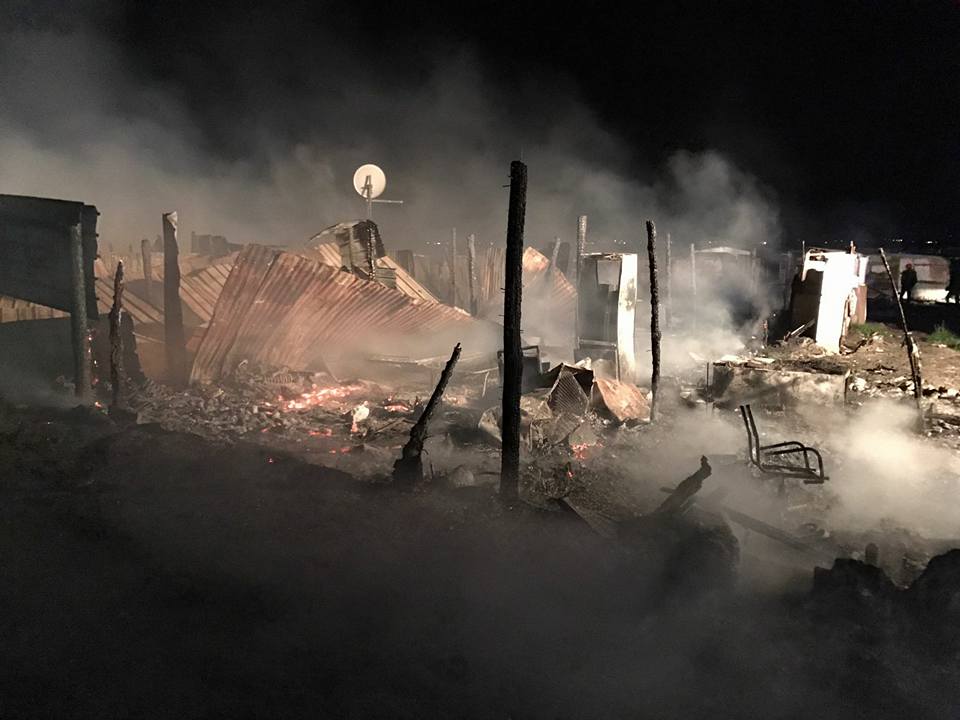
Because of pervasive uncertainty and a lack of consideration by official policies, more and more migrants now have started to move to other vegetable and fruit plantations in the area. Last month, some West African migrants already found refuge in a previous industrial plant in the plains of Metaponto, in neighbouring Basilicata, where the strawberry harvest is currently happening at full speed. Local associations are currently assisting the squatters with social and health services in the absence of official lodging facilities. Most likely, the slum will experience the same fate in a couple of months, when strawberries will have been picked, and the tomato planting season will begin once again in Foggia and Basilicata.
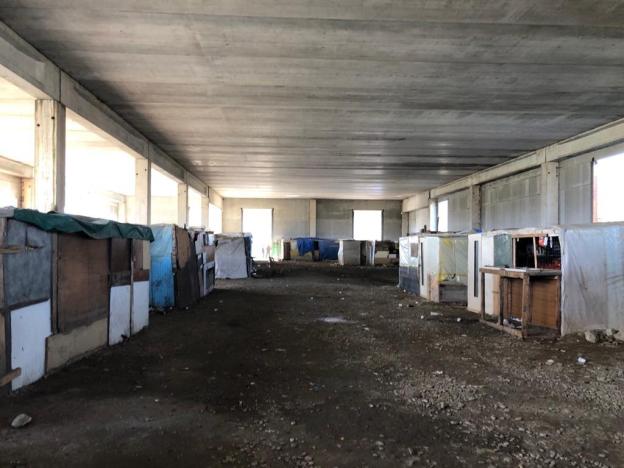
I am glad to announce a new publication in the Handbook on Critical Geographies of Migration, edited by Katharyne Mitchell, Reece Jones and Jennifer Fluri, the information about which can be consulted here: https://www.e-elgar.com/shop/handbook-on-critical-geographies-of-migration
The book, which comes at a significant time, offers an exciting and original analysis of critical research on the theme of migration, drawing on cutting-edge theories from an interdisciplinary and international group of leading scholars. With a focus on spatial analysis and geographical context, the volume highlights a range of theoretical, methodological and regional approaches to migration research, while remaining attuned to the underlying politics that bring critical scholars together.
The online version will be added within two weeks of publication. After that you will be able to link to the whole book or individual chapters, while front matter and introductory chapters are already free to access. The publisher has been so kind to allow faculty and students at institutions that have purchased the relevant e-book collection on Elgaronline to gain immediate access through this link. Furthermore, Elgaronline facilitates full text discovery alongside journals in many libraries and provides multiuser access allowing instructors to use chapters in online course packs.
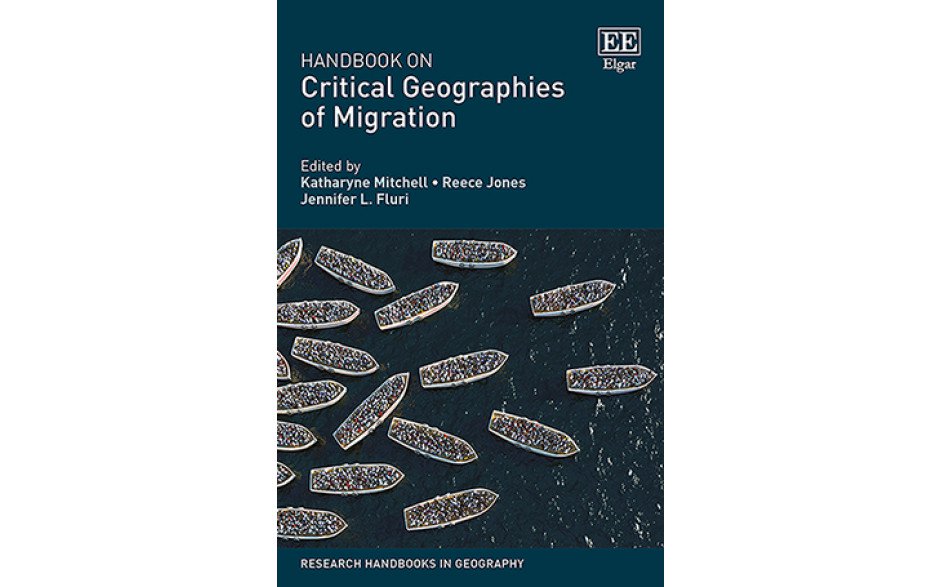

1) A Safe Harbour is an open space, where people are welcomed and assisted regardless of their origins, race, gender and class. It is a place that is open to the city, where civil society actors can enter and monitor the situation.
The University of Palermo and New York University have just finalised the programme of their conference titled ‘Black Mediterranean: ReSignifications‘ – a topic that is raising widening international interest lately (see amongst others these new publications by Ida Danewid -awarded with the Third World Quarterly Edward Said prize- and Gabriele Proglio, amongst others, as well various posts on the Black Mediterranean on these pages). The international workshop, which will take place between Palermo and Naples on 6-9 June 2018, follows a series of international conversations that are breaking new ground in the fields of African and African Diasporic art, literature, cultural theory, history, and political practice. I will present a paper there titled ‘Permeating Territories: The Mediterranean Threshold and Black African Transformations’ -based on my longitudinal engagement with the African diaspora in Italy. I’m very much looking forward to this experience! Collateral events of the MANIFESTA European Biennial of Contemporary Art, the conference will be accompanied by an exhibition of the works of an array of international artists and the African art collection of Nigerian Nobel Prize for Literature Wole Soyinka, who will open the conference.
Still more news about the human rights violations internal to the Italian migrant detention system continues to reach the public. In a joint press release, the coalition of LasciateCIEntrare, Legal Team and Osservatorio Migranti Basilicata (OMB) denounce the CPR (Centro di Permanenza per il Rimpatrio) of Palazzo san Gervasio as a site of repression and abuse. On the phone with a local news site, the spokesperson of LasciateCIEntrare, Yasmine Yaya mentions the presence of some particularly vulnerable migrants who are trying to seek asylum and need urgent assistance. At the same time, the organisation denounces the high degrees of psychological stress that leads some inhabitants to purposively inflict self-harm and attempt suicide. In the afternoon of 26 April, a Syrian Kurdish citizen threatened to kill himself; while two other people, perhaps of Tunisian nationality, threatened to hang themselves in another migrant reception center. Final proof of the migrant rights violations arrived a few days later, with the unconditional release of all 42 inmates of the CPR in Palazzo. Interviewed by the same press agency, the lawyer of the OMB Angela Bitonti, confirms that she and her assistants managed to liberate these citizens because the detention measures were “illegitimate”, as they were based on an alleged social danger that did not persist (remember the migrants had been detained on presumption of having set fire to the reception center in Lampedusa). “From now on, they are asylum seekers, for whom the application of the rule of international protection applies… Many of these people should be helped,” Bitonti concludes, remembering that “we are dealing with human lives, with human beings, to whom life can not be denied.”
The Alarm Phone project publishes its report entitled “Mediterranean Coalitions of Struggle”. It offers an overview of the situation in the three main Mediterranean regions and the developments there: of deterrence, forcible returns, and criminalisation of migrant flows. In addition, the report gives an overview of the political campaigns and struggles members of the Alarm Phone have been involved in over the past six weeks, ranging from 24/7 phone activism, symbolic actions in the Netherlands, protests with fishermen in Tunisia, rescue operations in the Central Mediterranean, counter-investigations that speak back to European attempts to criminalise non-governmental rescue, to collective commemorations in Greece.
The report can be found on the Alarm Phone website and on Facebook